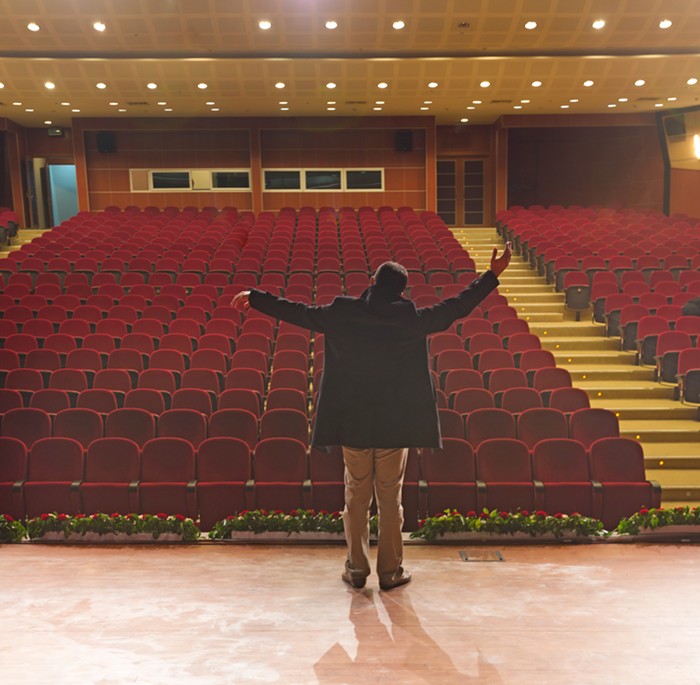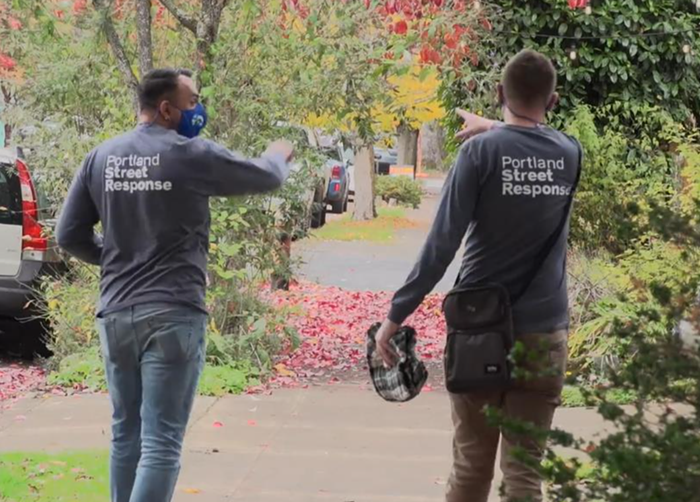"I LIKE TELLING the story of life better than I do living it," Spalding Gray says in one of the interviews excerpted in And Everything Is Going Fine. It's one of the many quotes that jump out of the film—moments that are, for better or worse, impossible to separate from the knowledge that as far as anyone can tell, Gray killed himself by throwing himself off the Staten Island Ferry in January of 2004.
Gray's suicide is never mentioned in And Everything Is Going Fine, Steven Soderbergh's smart, moving assemblage of snippets from Gray's monologues and interviews. Over too soon at 90 minutes, and with only an occasional voice that isn't Gray's, Everything functions as a final monologue from Gray—albeit one painstakingly pieced together from decades' worth of material by Soderbergh and editor Susan Littenberg (who also edited Soderbergh's 1996 film with Gray, Gray's Anatomy). Deft and subtle, Soderbergh and Littenberg assemble a narrative of Gray's life from his monologues, his interviews on Charlie Rose and MTV, and his candid moments with his family.
As Everything progresses, we see Gray go from a confident, virile young storyteller to a hobbled old man who wearily swings about on crutches. Gray recounts growing up with his suicidal mother, getting drunk as a teenager, and experimenting with homosexuality. Gray talks about his career, from working with the Wooster Group to slowly discovering monologue as an art form, gluing together performances from bits of memory. In one moment, he sits at a simple desk with nothing but his notes and a glass of water; in another, he dances across a stage, excitedly holding up his microphone to a cheap boombox blasting Chumbawamba. In another, he stands in a cemetery, asking and answering his own questions: "Are there any secrets that I have? Are there stories that I don't tell?" he asks. "Yes," he answers, with a quick, cryptic smile. Who asked him? Why's he standing in a cemetery? Here—and in much of Everything Is Going Fine—the specifics are vague, but the meaning is razor sharp. It's a style that works perfectly, it turns out, as a way of telling the story of a life.




















